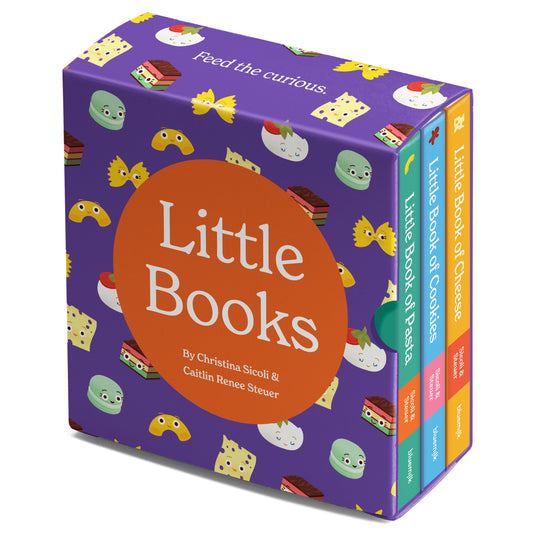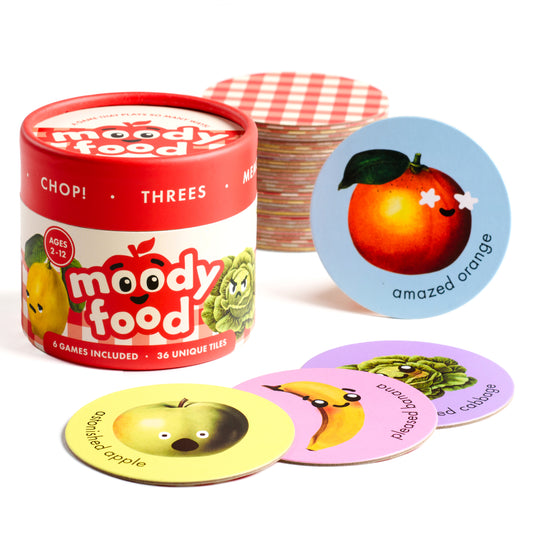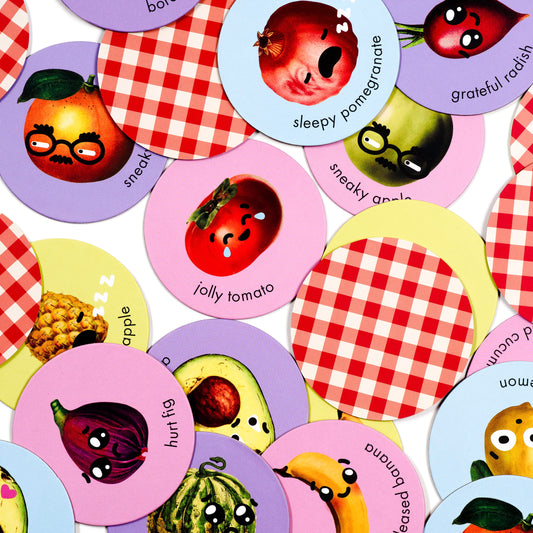It's a big moment in every parent's life: the day your little one finally graduates from milk to solids! But knowing when and how to start your baby on this exciting journey can be a bit overwhelming. Don't worry; we’ve learned a few things and have collected the best tips and tricks on the internet. Here’s what we’ve found to make the transition smooth and enjoyable for you and your baby.
Is Your Baby Ready for Solid Foods?
Most babies are ready to start their food adventure somewhere between 4 and 6 months old. But how can you tell if your little one is ready to ditch the bottle (at least part-time)? Here are a few signs to watch out for:
Head Held High: Can your baby hold their head up steadily? This is important for safe swallowing.
Sitting Pretty: Can they sit with a little support?
Hand-to-Mouth Expert: Do they love bringing their hands or toys to their mouth? This shows they're exploring the world and getting ready for self-feeding.
Food-Focused: Do they seem interested in food? Do they lean forward and open wide when they see you eating?
Full-Belly Cues: Can they let you know when they've had enough by leaning back or turning away?
If you've checked all these boxes, it might be time to introduce those first bites! But remember, always speak with your pediatrician before making any big changes to your baby's diet.
What to Serve and When
Even though your baby is trying solid foods, continue giving them breast milk or formula. Think of solids as an addition, not a replacement, for their milk.
Starting Simple
One Ingredient at a Time: Begin with simple, single-ingredient foods without any added sugar or salt. Think pureed fruits, veggies, or iron-fortified baby cereal mixed with breast milk or formula.
Wait and Watch: Introduce one new food every 3 to 5 days. This gives you time to see if your baby has any reactions, like diarrhea, a rash, or vomiting.
Nutrient Powerhouses
Iron and Zinc: In the second half of their first year, babies need extra iron and zinc. You can find these nutrients in pureed meats and iron-fortified cereals.
Ease in with Baby Cereal
Mix It Up: Start with 1 tablespoon of iron-fortified baby cereal mixed with 4 tablespoons of breast milk or formula. Whole-grain cereals are even more nutritious!
Spoon-Feeding is Key: Never feed cereal from a bottle. Help your baby sit up and offer the cereal with a small spoon once or twice a day after a milk feeding.
Variety is the Spice of Life: Once your baby gets the hang of runny cereal, gradually thicken it and increase the serving size. Try different whole-grain cereals like brown rice, oatmeal, and barley. But avoid feeding your baby only rice cereal, as rice can contain arsenic.
Veggies and Fruits Galore
Pureed Perfection: Slowly add single-ingredient pureed fruits and vegetables, making sure they have no added sugar or salt. Remember to wait 3 to 5 days between each new food.
Finger Food Fun
Tiny Bites: By 8 to 10 months, most babies can handle small amounts of finely chopped, soft finger foods. Think soft fruits, vegetables, pasta, cheese, well-cooked meat, and dissolvable foods like baby crackers.
Making Your Own Baby Food
Want to be in control of what your baby eats? Making your own baby food is easier than you think!
Cleanliness is Key!
Wash up! Always wash your hands and use clean utensils and surfaces.
Prep in Advance
Grains and Cereals: Cook grains according to package directions and then puree or grind them.
Fruits and Vegetables: Bake, steam, or boil vegetables and hard fruits before pureeing.
Meats and Poultry: Cook, trim, and skin meats and poultry before pureeing.
Introduce Flavors Gradually
Start with unseasoned foods. You can add flavor later with healthy spices like cinnamon or by mixing in pureed fruits.
Safety First!
Don't leave food out at room temperature for more than an hour.
When your baby graduates to multi-ingredient foods, make sure all ingredients, like cheese and dairy, are pasteurized.
Fridge & Freezer Storage Solutions
Store homemade purees in the fridge for 1 to 2 days or in the freezer for up to 2 months. Ice cube trays are great for single servings!
Hold Their Interest
Mealtime isn't just about filling tummies; it's also a fantastic opportunity for bonding and learning! Reading books about food while your baby is exploring their new culinary world can make mealtimes even more engaging and fun.
Here are a few ideas:
Touch-and-Feel Books: These interactive books allow your baby to explore different textures and shapes, stimulating their senses and keeping them entertained.
We love My First 100 Food We Eat: Padded Board Books
Books with Colorful Pictures: Bright and engaging illustrations of fruits, vegetables, and other foods can capture your baby's attention and introduce them to a variety of colors and shapes.
Shout out to Chunky Deli book sets like Culinary Collection and Tasty Collection
Simple Story Books: Choose books with simple stories about food, cooking, or mealtime. These stories can help your baby understand the concept of food and its importance.
Reading together while your baby enjoys their meal can create a positive association with food and mealtimes. It can also help develop their language skills, vocabulary, and even spark an early interest in reading!
And don't forget...
Chunky Deli is here to support you on your baby's food journey! We offer a wide variety of vibrant and cheerful books and toys, with no added sugars or salts. Visit our website or stop by our stockist list to find a local store to learn more.
Happy eating and happy reading!









